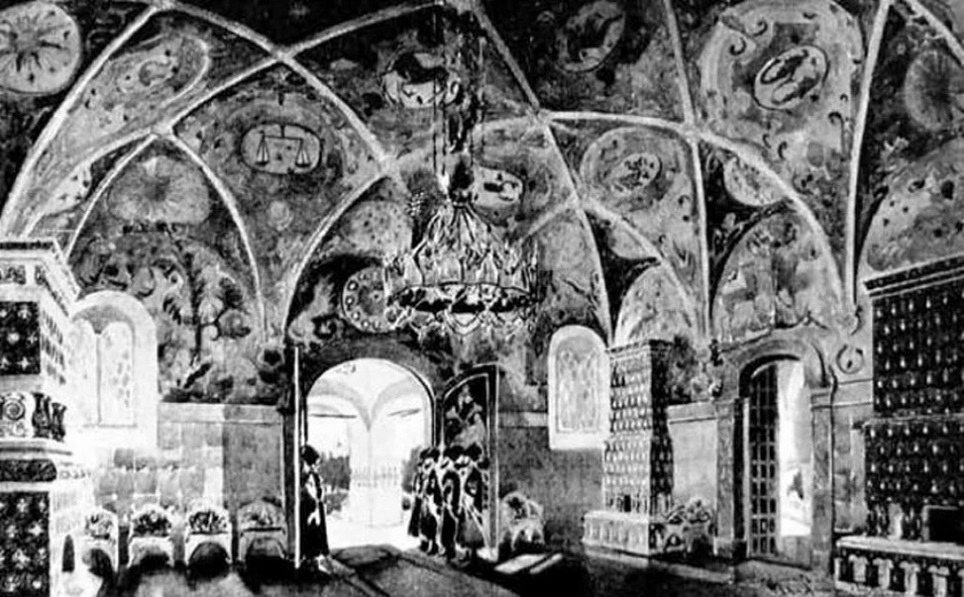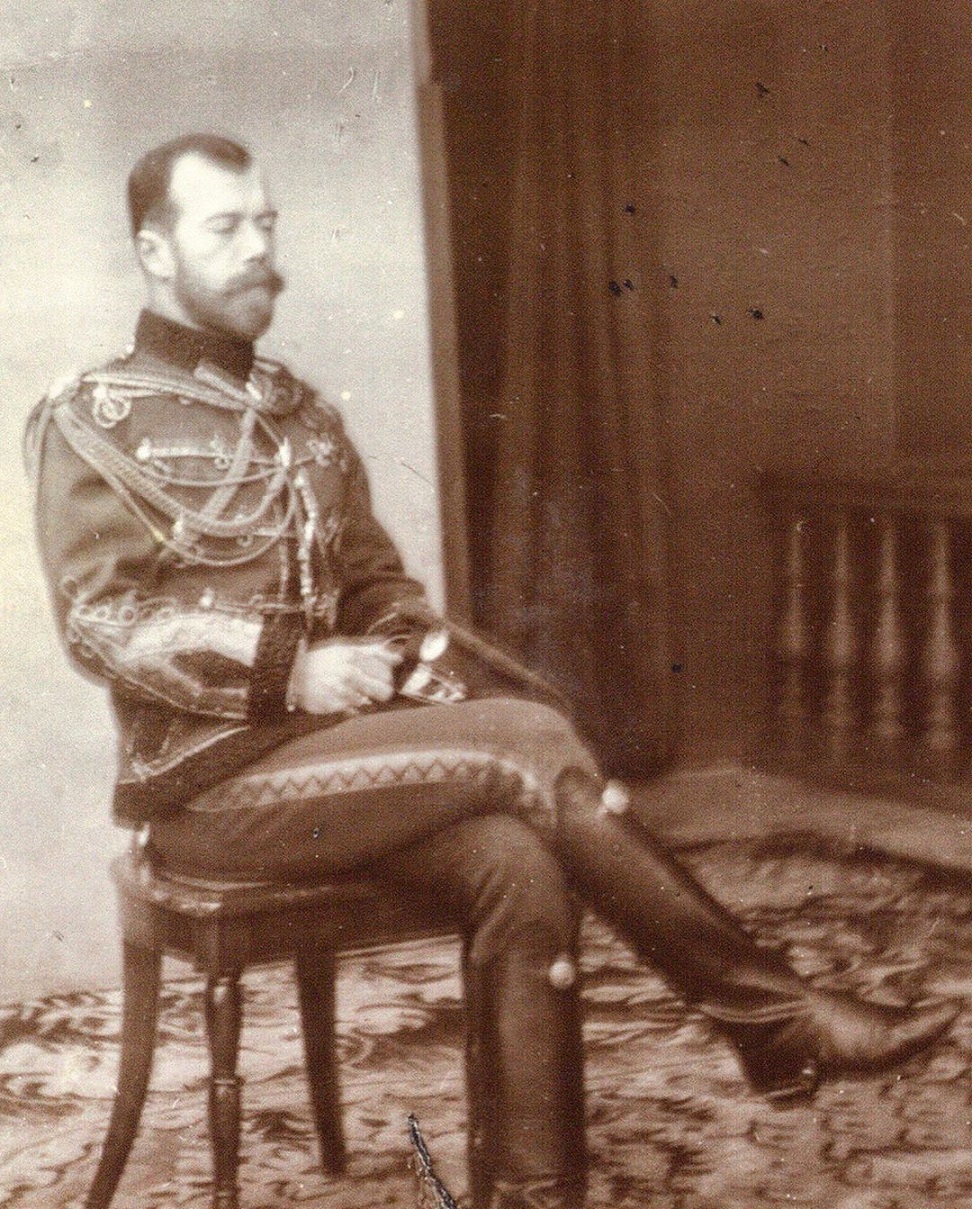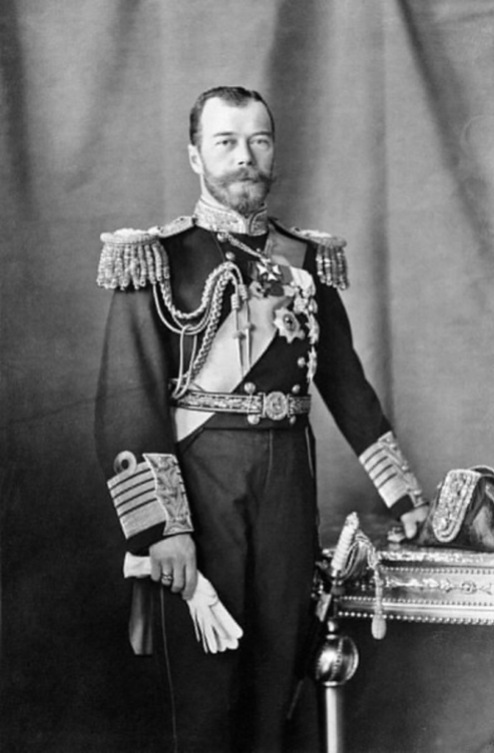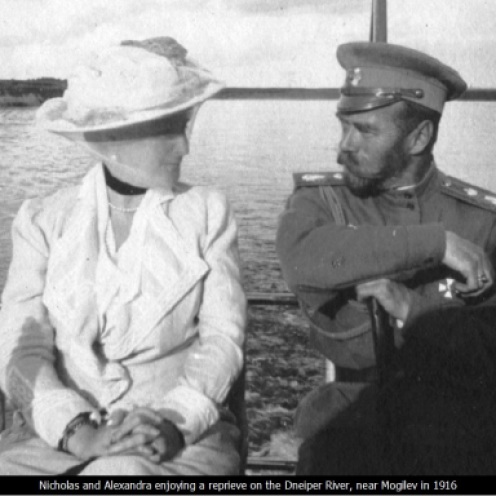
Current state of the Imperial Railway Pavilion near the Alexander Palace, Tsarskoye Selo
Over the past 25+ years, I have written numerous articles on the Imperial Railway Pavilion in Tsarskoye Selo. Among these, have been news updates from Russian media sources on proposals to restore this historic building, sadly, none of which have seen the light of day.
Meanwhile, the Imperial Railway Pavilion has continued to deteriorate at an alarming rate. This of course is in part due to the elements, vandalism, but also from sheer neglect.
During my many visits to Tsarskoye Selo over the years, I have visited the pavilion on a number of occasions, only to have my spirits dampened on each successive visit by its ongoing neglect and deterioration.
On one such visit, a door had been broken open, and I ventured inside to explore the interior. I was shocked by what I saw. Graffiti all over the walls, garbage strewn throughout, including empty vodka and beer bottles. The smells were equally offensive. The interiors were being used by local drug addicts and thugs, who not only used it as a public toilet, but also lit fires, charring the walls and ceilings in the process. I took many photographs as evidence of what I saw. The only light came through what remained of the windows, the darkness cast shadows, and I entered each room with trepidation, fearing what or who might be lurking in the shadows.
The pavilion is now completely surrounded with a fence, all the doors and windows sealed – as seen in the photo above – to prevent any further trespassing and acts of vandalism.
Can the Imperial Railway Pavilion be saved?
In July 2019, Channel 5 News (St. Petersburg), reported that a decision by the regional government would allow the lease on historical buildings for the price of just one ruble per square meter. Among the list of seven structures was the former Imperial Railway Pavilion in Tsarskoye Selo.
The investor would be responsible for the reconstruction of the Imperial Railway Station, with a 49 year lease. Some developers suggested using the historic building as a hotel, shopping center, or restaurant. Any of these proposals would further (negatively) affect the historic integrity of this architectural monument, therefore, let us pray that none of these ideas come to fruition!
Given its proximity to the Alexander Palace of one and a half kilometres, it would be both fitting and logical that the pavilion should be turned over to the administration of the Tsarskoye Selo State Museum Preserve (GMVZ), who have shown a high degree of professionalism in the restoration of damaged building dating from the Tsarist period. For instance, they are about to begin the restoration of the Chinese Theatre, which is in a far worse state than the Imperial Railway Pavilion.
If they could get financial backing from the Ministry of Culture, the GMVZ could breath new life back into the pavilion. Drawings have been preserved of the interiors, including the magnificent wall and ceiling paintings, which have almost disappeared. One idea, would be to create a museum dedicated to the history of the Imperial Railway, which opened during the reign of Nicholas I, and include a permanent exhibition dedicated to the luxurious Imperial Train of Russia’s last emperor.
A shocking state of neglect and disrepair
The following photographs taken by St. Petersburg historian and guide Roman Venezin, depict the interiors of the Imperial Railway Pavilion, as they looked in 2014. Please bear in mind that these photographs were taken five years ago, and the building and its once magnificent interiors have deteriorated even further.

Photo © Roman Venezin

Photo © Roman Venezin

Photo © Roman Venezin

Photo © Roman Venezin

Photo © Roman Venezin

Photo © Roman Venezin

Photo © Roman Venezin

Photo © Roman Venezin

Photo © Roman Venezin

Photo © Roman Venezin

Photo © Roman Venezin

Photo © Roman Venezin

Photo © Roman Venezin

Photo © Roman Venezin

Photo © Roman Venezin

Photo © Roman Venezin
A brief history of the Imperial Railway Pavilion

The original Imperial Pavilion was constructed of wood in 1895, however, it was destroyed by fire on 25th January 1911. A new stone pavilion designed by architect V.A. Pokrovsky, was constructed in the same Neo-Russian style as the buildings of the nearby Feodorovsky Gorodok. It was here that the Emperor greeted many foreign dignitaries. A special road was laid from the station to the Alexander Palace.
The richly decorated interiors were stylized as chambers with heavy stone vaults. The rich decoration of the facades and interiors corresponded to the grand presentation of the station, being an example of a synthesis of architecture, monumental painting and decorative art, which successfully combined the forms of ancient Russian architecture of the 17th century. with construction technologies and materials characteristic of the modern era.


The imperial chambers of the station were painted by the artist M. I. Kurilko, reflecting the chambers of the beloved suburban palace of Tsar Alexei Mikhailovich.
During the First World War 1914-1917. The Tsar’s pavilion was used to transfer the wounded soldiers with special ambulance trains to hospitals deployed in Tsarskoye Selo (there were more than 60 of them). In 1918, the station was renamed the Uritsky Pavilion, and was closed in the middle of the 20th century. The pavilion was badly damaged during the Great Patriotic War (1941-45).
© Paul Gilbert. 29 December 2019



































































You must be logged in to post a comment.